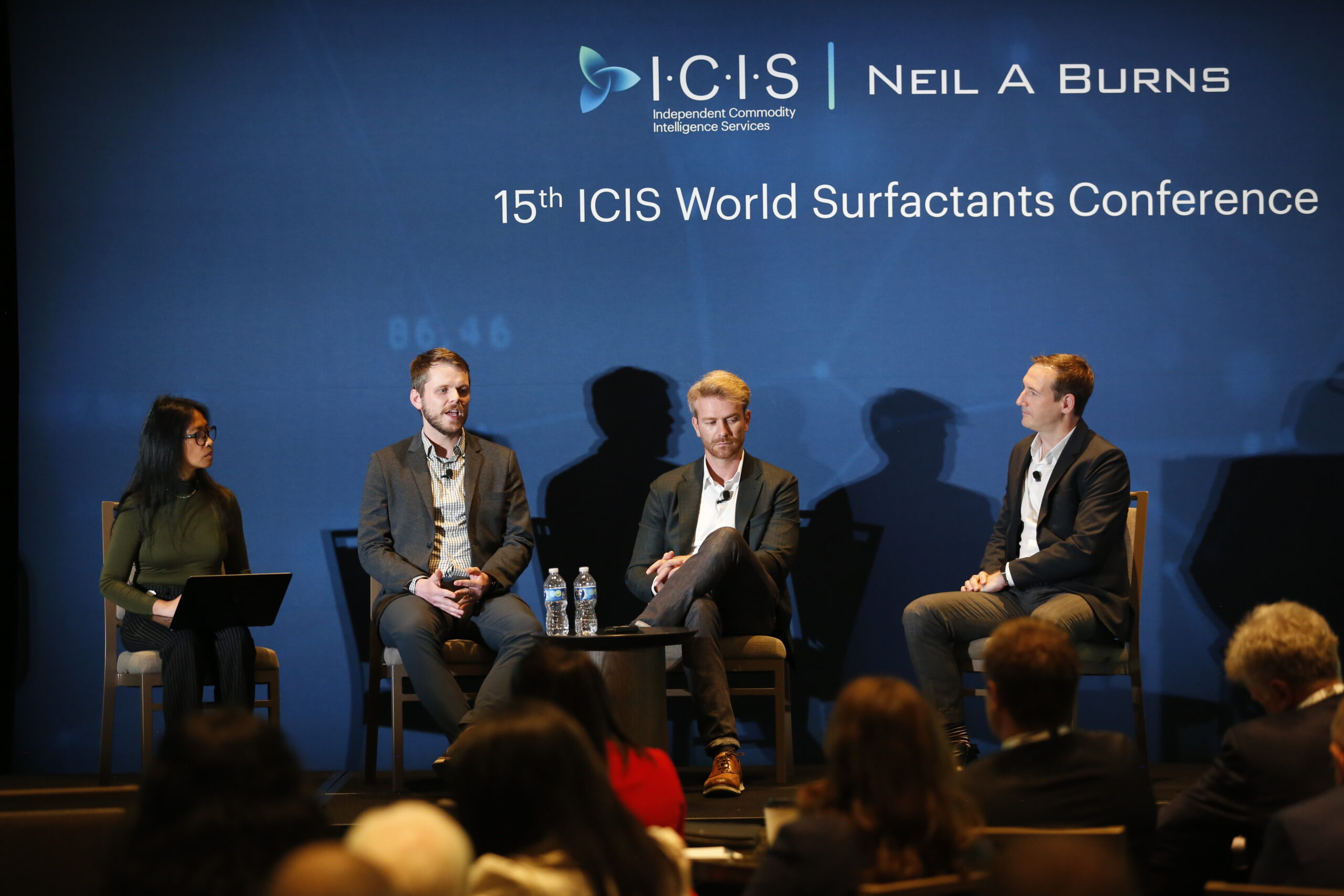The blog is navigating the intricacies of financial reporting after Amyris and Solazyme recently announced their fourth quarter earnings results. Accounting and financial are not my strong suits so hopefully my reporting about some of their numbers are correct.
Let’s first start with Amyris, which reported good enough progress on its milestones for 2012 but unfortunately, cash flows are still in the weak-to-negative territories and operating expenses still need to be toned down.
The key here — and a JP Morgan equity report pointed it out — is that Amyris needs additional funding this year as new product introductions, commercialization rates and product cost profiles have been unequal to business plans. Amyris currently has $45m cash balance. The company was able to secure gross proceeds of $42.25m in equity funding by the end of December.
According to the company’s conference call, Amyris plans to sharply curtail its annual capital expenditures to around $10m in 2013 versus $57m in 2012 by reducing overhead expenses such as R&D and maintaining low capital investment plan. The company also plans to fill up its financial gaps this year with “collaboration funding” to cover at least 80% of its cash operating expenses.
“For 2013, well over half of this collaboration funding is already under agreement, with several new agreements currently in advanced discussions.” – Amyris
For the entire 2012, Amyris was only able to gain aggregate revenue of $73.7m versus $147m in 2011. The decline was attributed to Amyris’ exit out of the ethanol and ethanol-blended gasoline business in Q3 2012, which, according to JP Morgan, only generated $39m in revenues with little or no gross profit. Amyris’ primary output last year was diesel in Brazil and squalene for use in cosmetics.
Amyris said it already reduced its overhead spending and capital outlays to $152m last year compared to $179m in 2011. Amyris intends to further decrease 2013 spending by about $80m. Capital outlays in 2013 are expected in the range of $10m compared to $56m in 2012 and $82m in 2011. Amyris’ goal, according to JP Morgan, is to reduce annual cash burn rate to about $15m for 2013, and reach cash flow break-even in 2014.
During the conference call last week, Amyris said it expects to start selling in the second half of 2013 its Biofene for base oils with Novvi (a joint venture between Cosan and Amyris); for liquid rubber with Kuraray; and specialty fluids with Total.
“We currently plan for our production and sales volumes to pick up in the second half of 2013, as our farnesene production costs come down through a combination of improved yeast strains and increased efficiencies at our Paraíso plant.”- Amyris
According to the JP Morgan report, Amyris’ production at contract manufacturers last year has reached run rates of 900,000 liters per quarter, and sales volumes are closer to 400,000 liters per quarter. The Paraiso plant started initial production at the end of 2012, and contract manufacturing has been reduced to one facility at Tate & Lyle in the US.
“Amyris is attempting to alter its Brazilian feedstock composition and use new biological strains to try to lower its cost of production. It will take time for adequate testing and verification of production results. Amyris is working hard with its customer base to introduce new products and to provide them with reliable production schedules. Accordingly, with production levels and cost structures remaining in flux, new product strength yet to be defined, the balanced sheet levered, Amyris remains a speculative investment.” – JP Morgan
 |
| Amyris roll out its first truckload shipment of Biofene in January |
Next post will be about Solazyme….



